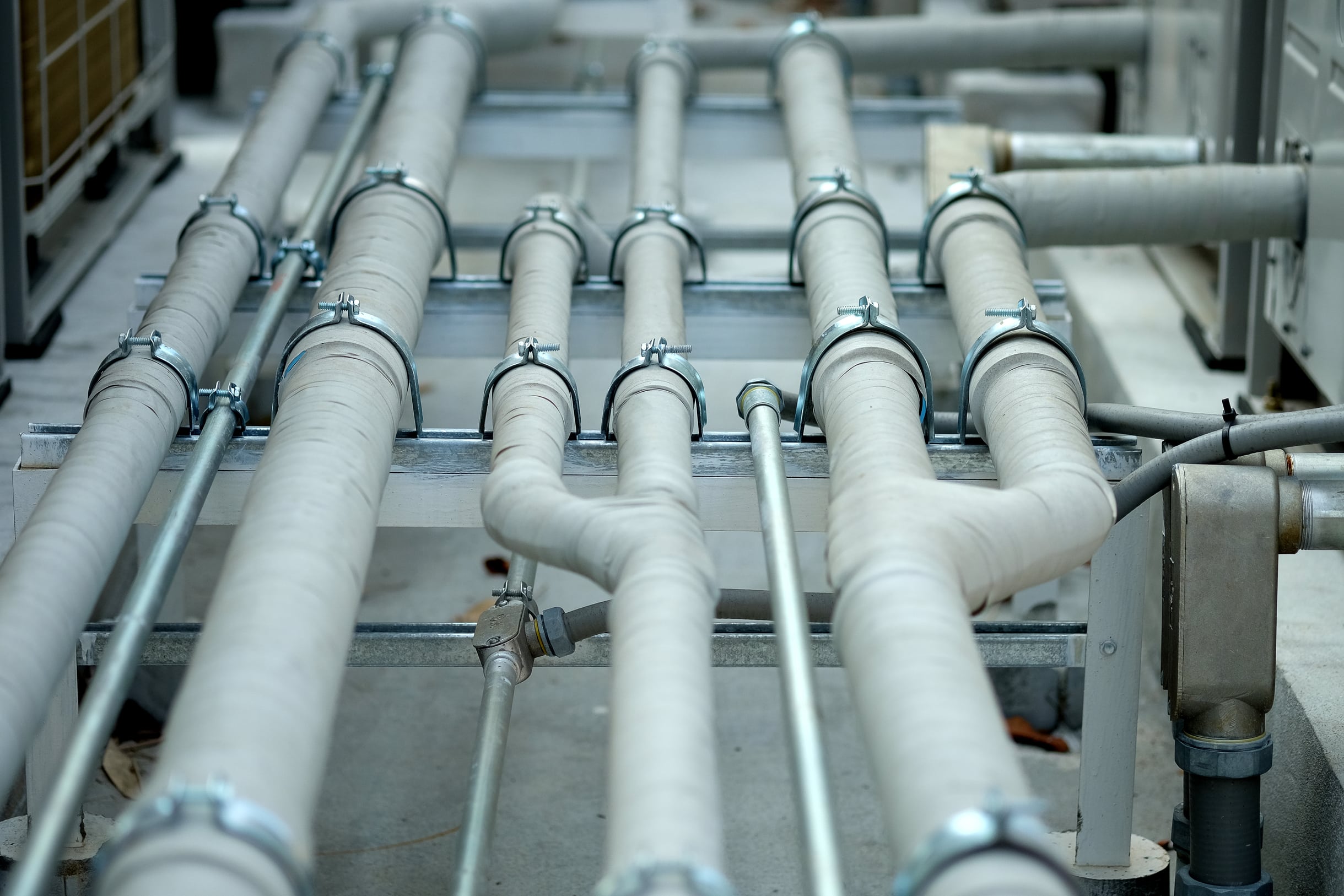How to Install a Cold Air Intake System in a Kia Stinger GT for Maximum Performance?

The Kia Stinger GT, renowned for its impressive performance, can be even more enhanced with the installation of a cold air intake system. This modification is a favorite among car enthusiasts since it’s relatively straightforward and offers tangible benefits. Upgrading the factory intake allows for a greater flow of cooler air into the engine, thereby improving throttle response, fuel efficiency and even adding some extra horsepower. In this article, you’ll be guided through the steps of installing a cold air intake system in your Kia Stinger GT.
Selecting the Right Cold Air Intake System
Before beginning this project, it’s crucial to select the right cold air intake system for your Kia Stinger GT. There are numerous aftermarket parts available, and they can vary in terms of quality, performance, and price. You’ll want to select a model that is specifically designed for your vehicle to ensure proper fit and optimal results.
A lire aussi : How to Choose the Right Aftermarket Transmission for a Chevrolet Silverado HD?
When selecting a system, pay close attention to the air intake filter, the tube, and the clamps. These parts form an integral part of the system and should be made of high-quality materials. The filter must be able to effectively filter out dust and dirt particles while maximizing air flow. The tube should be designed to allow a smooth passage for the air, and the clamps need to be sturdy enough to hold everything securely in place.
Removing the Factory Air Intake System
The first step in the installation process is to remove the factory air intake system from your Kia Stinger. This includes the air box, the air intake tube, and any sensors attached to the system.
A voir aussi : What’s the Best Way to Retrofit a Modern Infotainment System in an Old Honda Accord?
Make sure to disconnect the negative terminal of the battery before starting. This is very important as it prevents any electrical shorts when you disconnect the sensors.
Next, loosen the clamps that are holding the air box and intake tube in place. Some models might have additional fasteners or screws, so be sure to keep track of these as you go. Once the clamps and screws are loosened, you can gently pull the intake tube and air box from their respective mounting points.
Preparing the Cold Air Intake System for Installation
Before installing the new system, you’ll need to prepare it. This often includes attaching the intake filter to the intake tube and securing it with a clamp. The filter should be oriented so that it draws air from the coolest possible location, usually towards the front or side of the engine compartment.
You’ll also need to install any sensors that came with the system, and you’ll want to ensure that they’re properly secured and connected. Depending on the specific model of cold air intake system you’ve chosen, you might also need to assemble some parts of the system before installation.
Installing the Cold Air Intake System
Now, you’re ready to install the cold air intake system in your Kia Stinger GT. Begin by placing the air intake tube into position and attaching it to the throttle body. Ensure a snug fit by sliding the clamps onto the ends of the tube before tightening them.
Next, position the air intake filter in the area where it can draw in the coldest air. This is typically at the front or side of the engine compartment. Once in position, secure the filter with a clamp.
Lastly, reconnect any sensors you may have disconnected during the removal of the factory system. Reconnect the negative terminal of your battery, and your installation is complete. The entire process can take a few hours, depending on your mechanical skill level.
Testing the Performance of the New Cold Air Intake System
After the installation, it’s important to take your Kia Stinger GT for a test drive to ensure that the cold air intake system is functioning as expected. Pay attention to the vehicle’s performance and note any changes in acceleration, fuel efficiency, and power output.
As well, listen for any unusual noises such as hissing or rattling, which could indicate a loose connection or a leak in the system. If everything sounds and feels right, then congratulations on successfully installing a cold air intake system in your Kia Stinger GT! You can now enjoy the enhanced performance and power that this modification brings to your ride.
Choosing the Twin-Turbo Cold Air Intake Kit
One of the highly recommended cold air intake systems for a Kia Stinger GT is a twin-turbo cold air intake kit. This kit is an ideal match for this vehicle due to its ability to maximize the benefits of the Stinger’s twin-turbo engine. The twin-turbo cold air intake kit has two separate intake tubes, one for each turbocharger, allowing for a more efficient air intake.
In this twin-turbo system, the intake tubes are designed to be installed on either side of the engine. The driver side tube draws air from the front of the engine compartment, while the passenger side tube pulls from the side. This ensures that the coolest possible air is taken into the engine, improving the performance of your Stinger.
The kit includes high-quality air filters that are designed to trap dust and dirt particles while maximizing air flow. Additionally, it comes with sturdy clamps to hold the tubes and filters in place. The installation is straightforward, and the kit typically includes all the necessary hardware.
Proceeding with the Installation of the Twin-Turbo Cold Air Intake System
Once you have your twin-turbo cold air intake kit ready, start by installing the driver side intake tube. This tube should be attached to the throttle body, and the clamp should be put in place to hold it securely.
Next, move on to the passenger side intake tube. This tube will attach to the side of the engine compartment. Again, ensure the clamp is slid onto the end of the tube and tightened securely.
After both tubes are in place, attach the air filters. The filters should be positioned in a way that they can draw the coolest air from their respective locations. Use the hose pliers provided in the kit to secure the filters to the tubes.
After the tubes and filters are secured, reconnect the sensors that you had earlier disconnected. Also, remember to reconnect the negative terminal of your battery.
Conclusion
The process of installing a cold air intake system in a Kia Stinger GT, while straightforward, requires attention to detail. From selecting the right kit, removing the factory air intake system, preparing the new system, and installing it, each step must be carried out with care to ensure optimal performance.
The twin-turbo cold air intake system is a great choice for the Kia Stinger GT. It maximizes the benefits of the vehicle’s twin-turbo engine and significantly improves the vehicle’s throttle response, fuel efficiency, and power output.
Whether you choose a twin-turbo system or a different cold air intake kit, remember to take your vehicle for a test drive after the installation to ensure everything is functioning as expected. Always pay attention to any changes in the vehicle’s performance and listen for unusual noises.
With this guide, you can successfully enhance the performance of your Kia Stinger GT with a cold air intake system. Enjoy the exhilarating ride that comes with a well-executed modification!
